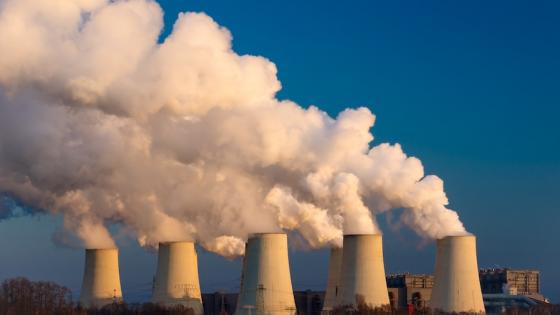
Measures that should be taken by Lebanon to Reduce CO2 Emissions
Carbon dioxide (CO2) is incorporated into organic matter during photosynthesis. It is a result of burning fossil fuels and burning biomass, and it is also released with changes in land use and other industrial activities. It is the main greenhouse gas produced by humans that has an impact on the planet’s radiative balance. Since it serves as the benchmark for measuring other greenhouse gases, it has a global warming potential of 1. Since the industrial revolution, using carbon-based fuels has quickly increased atmospheric carbon dioxide concentrations, accelerating global warming and contributing to anthropogenic climate change. Fossil fuel burning and cement production are the main sources of anthropogenic carbon dioxide emissions. Co2 emissions in Lebanon is considered a crucial and serious problem. The tons are increasing throughout the years, and the government should find solutions to decrease this rate.

The graph, shows the CO2 emissions metric tons in Lebanon from 1990 to 2017, as shown the level of CO2 emissions in 1990 was 2.005 metric tons, however, the level increased in 2017 and became 4.300 metric tons.
Denmark is from the countries that had a high level of CO2 emissions, however, this rate start decreasing throughout the years.

According to the graph, the CO2 emissions were 10.13 metric tons in 1990, this rate decreased to 5.75 in 2017.This proofs that Denmark took the necessary measures to decrease this rate. Denmark achieved this reduction through producing energy from renewable energy sources such as (wind, solar..). This graph also shows the renewable energy consumption in Denmark from 1990 to 2017. Renewable energy consumption is the ratio of the overall (primary) gross inland energy consumption to the gross inland consumption of energy derived from renewable sources. It is determined by adding up the gross domestic renewable energy consumption. In 1990 the consumption rate was 7.04, this rate increased to 35.20 in 2017.There is a negative relation between CO2 emissions and renewable energy consumption.AS renewable energy consumption increase, the co2 emissions decrease.
Since CO2 emissions are the reason behind climate change and global warming, Lebanon must rely on Sustainable Development Goal 13 which aims to “take urgent action to combat climate change and its impact” and SDG 7.2 which aims to increase substantially the share of renewable energy in the global energy mix.
Lebanon must:
- Increase the amount of energy produced from renewable sources (wind, solar)
- Industrial enterprise modernization using the finest technologies available
- Replacement of fossil fuels by renewable sources of energy
- Rail and water transportation are two low-carbon public transportation developments.
- Increase the consumption of biofuels
- Significantly raise the use of biogas